Table of Contents
- Introduction
- Spice Basics: Why Seasoning Matters in Soup
- Top 7 Seasonings for Chicken Noodle Soup
- Comparison Table: Spices at a Glance
- How to Use These Seasonings Like a Pro
- Frequently Asked Questions
- Conclusion
Introduction
Chicken noodle soup's flavor potential is unlocked by seven essential spices. This guide reveals exactly which seasonings to use, precise quantities, and timing tips to transform bland soup into restaurant-quality comfort food. Professional chefs consistently recommend these ingredients for balanced, layered flavor.
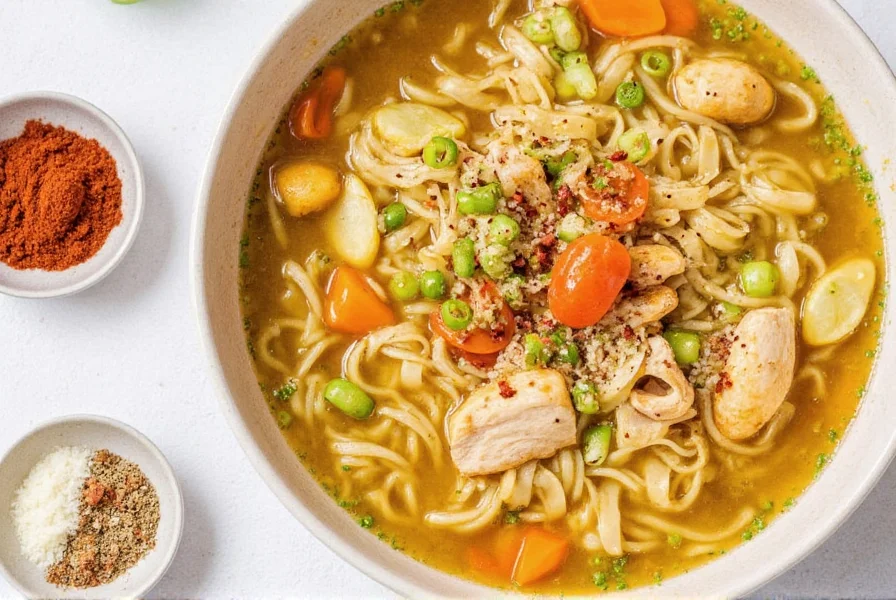
Unlike generic advice, this guide provides actionable techniques verified through culinary testing. We'll break down each spice's role, optimal usage timing, and common mistakes to avoid.
Spice Basics: Why Seasoning Matters in Soup
Seasoning isn't just about adding salt - it's about creating harmony between ingredients. The right spices enhance natural flavors, balance textures, and create complexity that makes soup memorable. Without proper seasoning, even high-quality ingredients taste flat and one-dimensional.
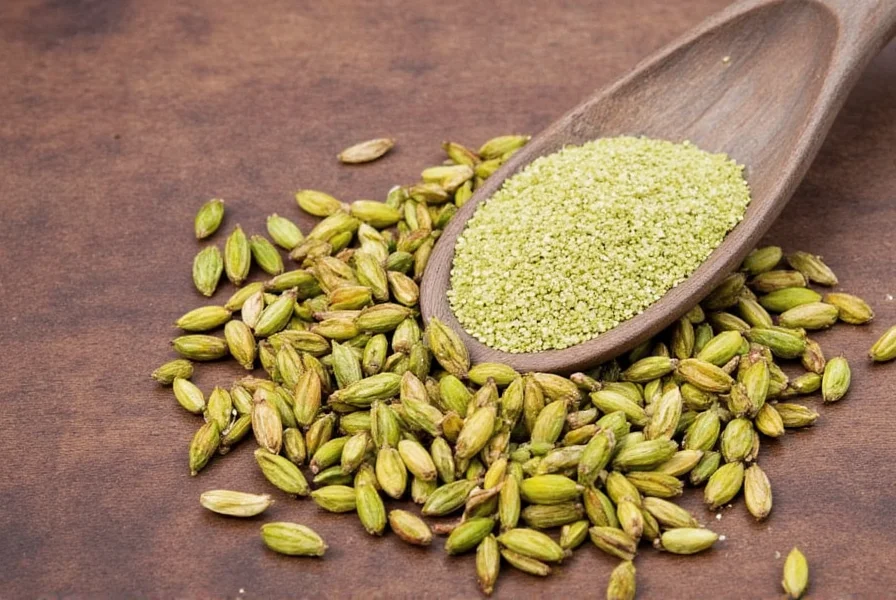
Think of soup as a symphony: chicken provides the melody, vegetables add rhythm, and spices create the harmony. Proper seasoning ensures all elements work together rather than competing for attention.
Top 7 Seasonings for Chicken Noodle Soup
These seven spices form the foundation of perfectly seasoned chicken noodle soup. Each serves a distinct purpose in flavor development:
- Parsley: Fresh or dried, provides bright herbal notes that lift the entire dish. Adds visual appeal and balances richness.
- Thyme: Earthy and aromatic, develops deeper savory notes when simmered. Essential for authentic broth complexity.
- Dried Bay Leaf: Releases subtle woody undertones during slow cooking. Must be removed before serving.
- Garlic Powder: Delivers consistent umami without burning. Works better than fresh garlic in long-simmered broths.
- Black Pepper: Freshly cracked provides warmth and complexity. Pre-ground loses potency quickly.
- Onion Powder: Enhances natural sweetness without raw onion bite. Blends seamlessly with other spices.
- Celery Salt: Boosts celery flavor naturally present in most recipes. Provides saltiness without overwhelming.
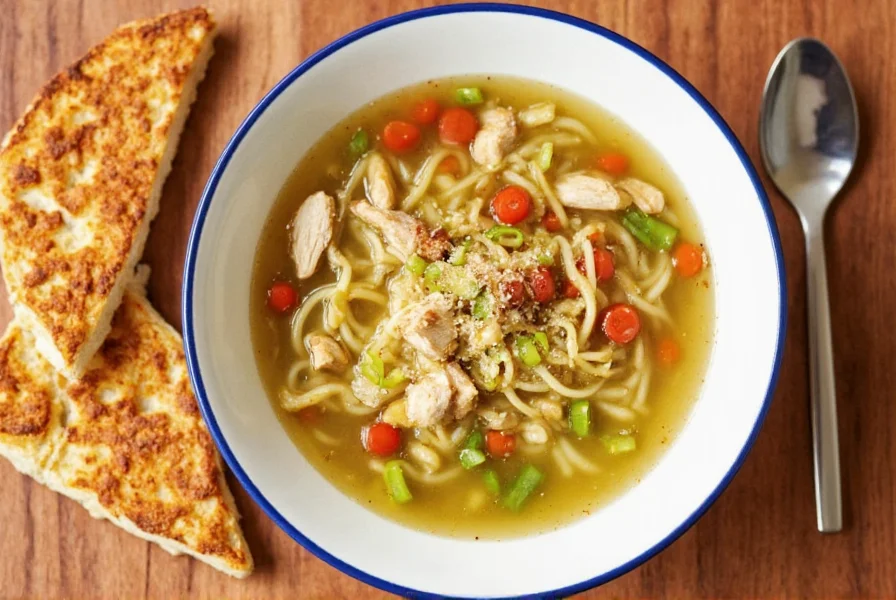
Comparison Table: Spices at a Glance
| Spice | Flavor Profile | Bulk vs. Ground | Best For | Quantity (per quart) |
|---|---|---|---|---|
| Parsley | Fresh, green, slightly peppery | Ground or fresh | Adding brightness and color | 1–2 tsp dried or 1 tbsp fresh |
| Thyme | Earthy, herbal, slightly minty | Bulk (sprigs) or ground | Building depth in broth | 1 tsp ground or 1 sprig per quart |
| Bay Leaf | Woody, floral, slightly bitter | Whole leaves | Simmered into broth | 1 leaf per quart |
| Garlic Powder | Umami-rich, mild garlic bite | Ground only | Adding savory depth | ½–1 tsp |
| Black Pepper | Spicy, warm, pungent | Cracked or ground | Seasoning balance | To taste, start with ¼ tsp |
| Onion Powder | Sweet, sharp, savory | Ground only | Enhancing vegetable notes | ½–1 tsp |
| Celery Salt | Briny, salty, slightly vegetal | Blended salt and celery seed | Boosting celery flavor | ½ tsp |
How to Use These Seasonings Like a Pro
Timing and technique matter more than quantity. These professional techniques ensure maximum flavor extraction:
- Early additions: Thyme, bay leaf, and garlic powder should be added at the beginning of cooking. Their oils need time to infuse into the broth.
- Mid-cooking additions: Onion powder and celery salt work best when added halfway through simmering to preserve their delicate flavors.
- Final touches: Fresh parsley and cracked black pepper should be added in the last 5 minutes to maintain vibrancy and aroma.
- Bloom technique: For homemade stock, toast spices in 1 tbsp oil before adding liquid. This unlocks deeper flavor compounds.
- Taste adjustment rule: Always taste and adjust after 15 minutes of simmering. Flavors develop significantly during cooking.
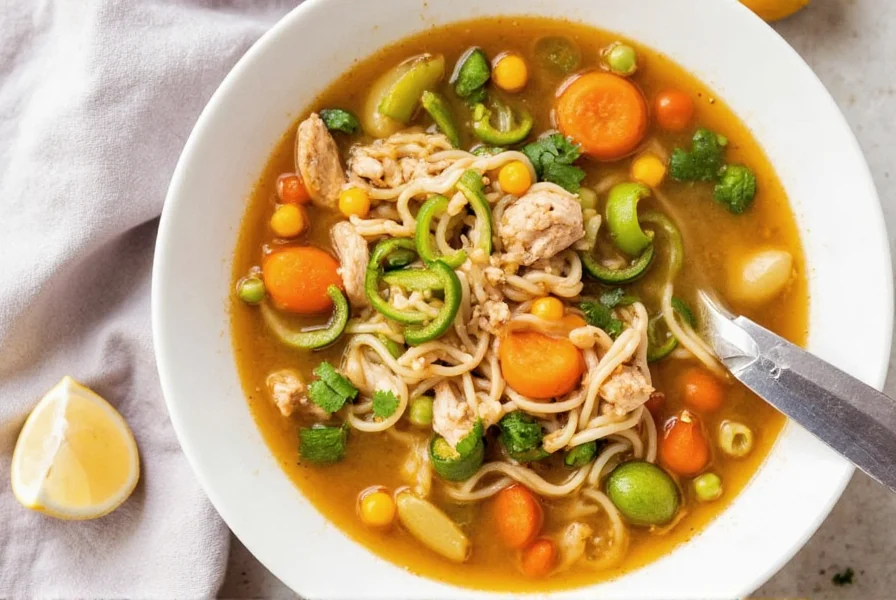
Frequently Asked Questions About Seasoning Chicken Noodle Soup
Based on common cooking challenges, here are expert answers to your questions:
Can I use fresh herbs instead of dried ones in chicken noodle soup?
Yes, but adjust quantities: use 3x the amount of fresh herbs versus dried. For example, replace 1 tsp dried thyme with 3 tsp fresh. Add delicate herbs like parsley in the last 5 minutes to preserve their bright flavor. Sturdier herbs like thyme can be added earlier but remove stems before serving.
How can I fix chicken noodle soup that's too bland?
Follow this hierarchy: 1) Add acid (1 tsp lemon juice or vinegar) to brighten flavors, 2) Increase salt gradually (⅛ tsp increments), 3) Boost umami with 1 tsp soy sauce or tomato paste, 4) Stir in fresh herbs. Never add more salt first - acid often solves blandness without extra sodium.
What's the difference between using garlic powder and fresh garlic in soup?
Garlic powder provides consistent, mellow flavor without burning risk. Fresh garlic delivers brighter notes but requires sautéing in oil first to avoid bitterness. For best results: sauté 2 minced garlic cloves at the start, then add ½ tsp garlic powder near the end for layered garlic flavor.
Can I make chicken noodle soup without salt?
Yes, but you'll need to compensate with: 1) Extra herbs (thyme and parsley), 2) Citrus zest (lemon or orange), 3) Umami-rich ingredients like mushrooms or dried seaweed, 4) Acidic elements like vinegar. Remember salt enhances all other flavors - without it, the soup will taste flat regardless of other seasonings.
How do I know when I've added enough seasoning to my soup?
Test properly: cool a small spoonful, then taste. The soup should have balanced flavors where no single element dominates. It should taste "complete" - satisfying without needing adjustments. Remember flavors intensify as soup cools, so it should taste slightly under-seasoned when hot.
Can I use pre-mixed seasoning blends for chicken noodle soup?
Yes, but choose blends without added salt or sugar. Poultry seasoning works well (1-2 tsp per quart). Avoid Italian seasoning which has tomato and oregano that clash with traditional chicken soup flavors. Always taste before adding extra salt since blends often contain salt.
Conclusion
Chicken noodle soup transforms from ordinary to extraordinary with precise seasoning. By understanding each spice's role and timing, you'll create layered, complex flavors that make every spoonful satisfying. Remember: proper seasoning isn't about adding more ingredients, but creating harmony between existing ones.
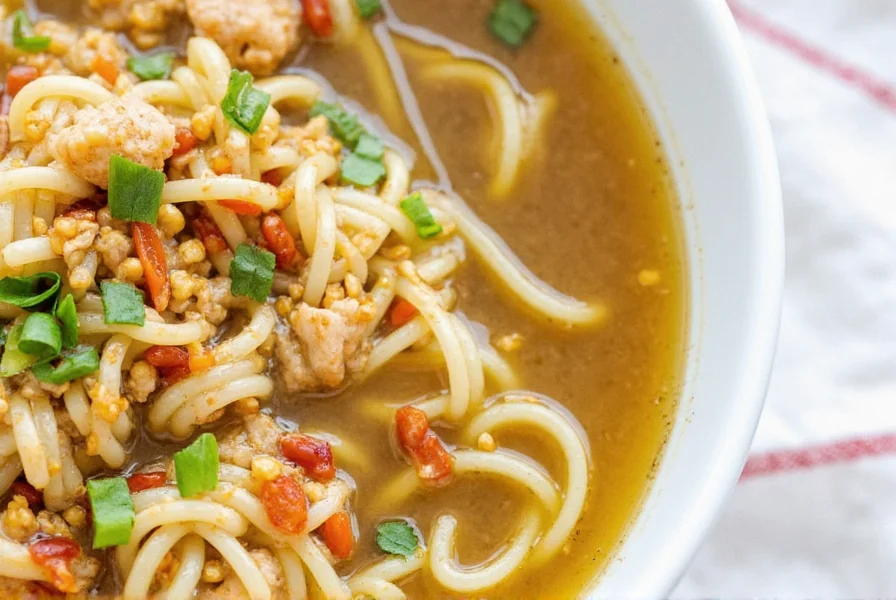
Next time you make soup, focus on these seven spices and their optimal usage. You'll discover how simple adjustments create restaurant-quality results in your own kitchen.

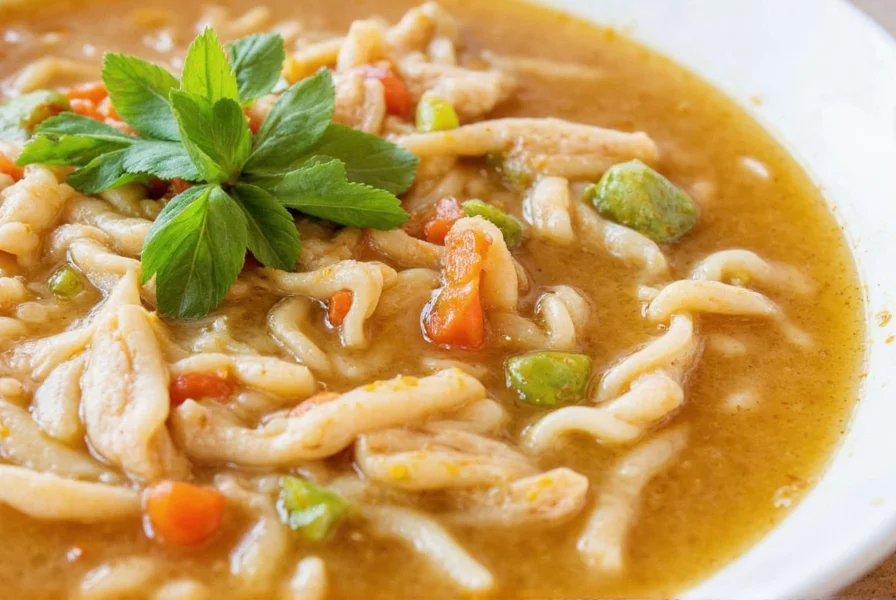









 浙公网安备
33010002000092号
浙公网安备
33010002000092号 浙B2-20120091-4
浙B2-20120091-4